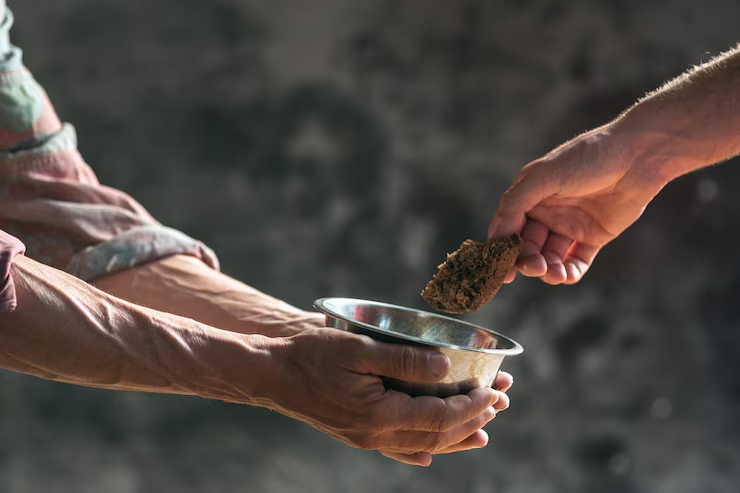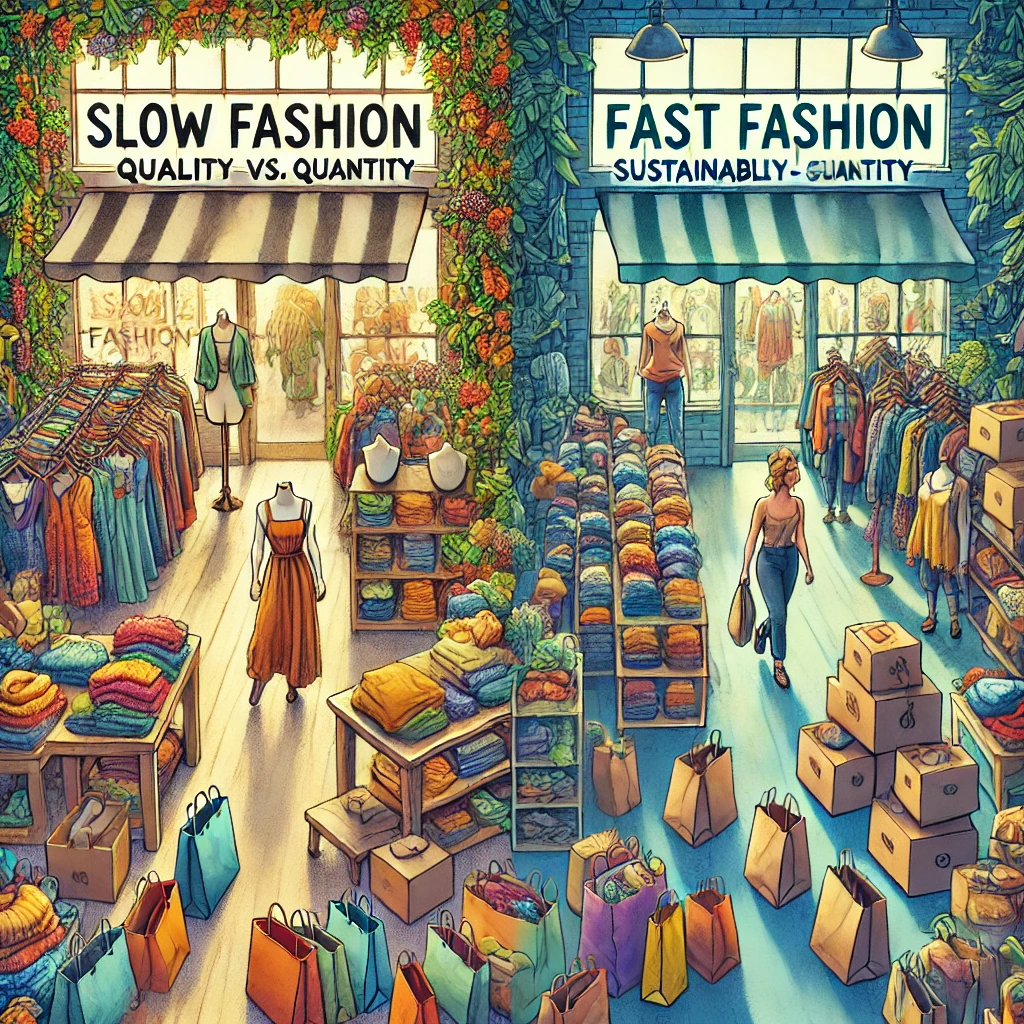Slow Fashion vs. Fast Fashion: What’s the Difference?
Modern fashion industry has radically transformed under the influences of current trends and consumerism together with convenience ambitions. Slow fashion together with fast fashion has emerged as popular concepts during recent years to describe the fundamental differences between clothes production and ethical consumption patterns. The meaning of these terms together with their significance needs clarification.
Knowing the distinction between slow and fast fashion will enable anyone from dedicated shoppers to value-driven consumers to match their clothing choices with their beliefs. Let’s break it down.
What is Fast Fashion?
Fast fashion describes the fast delivery of numerous low-priced products modeled after modern fashion trends. The main purpose is rapid delivery because brands strive to shorten the time between runway shows (or Instagram alerts) and new product placement in retail stores to just a few weeks.
Popular fast fashion retailers include:
- Zara
- H&M
- Forever 21
- Shein
- Fashion Nova
The collections from these brands emerge regularly every few weeks or sometimes even every few days to prompt shoppers for repetitive purchasing alongside speedy items replacement.
What is Slow Fashion?
Slower clothing practices differ completely from rapid fashion operations. The movement motivates customers to acquire fewer better-quality items which endure for extended periods of time.
The leading sustainable and slow fashion brands mentioned below include:
- Patagonia
- Eileen
- Fisher
- People Tree
- Reformation
Everlane (increasingly moving toward sustainability)

- Fashion trends 2025




















